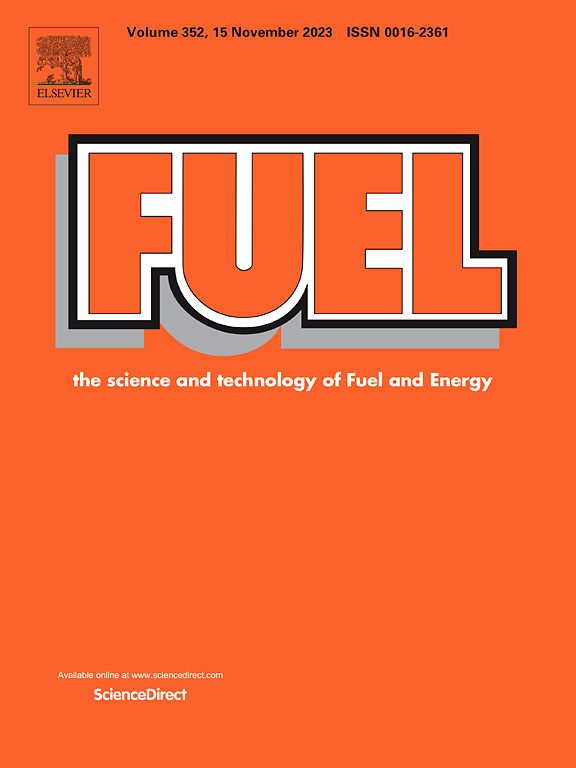Nanoscale simulation of ice melting behavior and thermal conductivity characteristics of catalyst layers in proton exchange membrane fuel cells using the lattice Boltzmann method
IF 7.5
1区 工程技术
Q2 ENERGY & FUELS
引用次数: 0
Abstract
The cold start issue of fuel cells is critical due to the risk of ice formation within the catalyst layer at low temperatures, posing significant challenges to efficient operation and requiring effective thermal management strategies. In this paper, the ice melting process in the catalyst layer is simulated using the enthalpy-based lattice Boltzmann method (LBM). Catalyst layer structures with varying Pt/C mass ratios, ionomer contents, and carbon sphere radius are generated through random reconstruction. The effects of these parameters on heat transfer efficiency and ice melting speed are analyzed. The results indicate that higher Pt/C mass ratios, higher ionomer contents, and smaller carbon sphere radius are found to significantly enhance heat transfer performance and ice melt rates. Conversely, lower Pt/C mass ratios, lower ionomer contents, and larger carbon sphere radius are observed to delay the melting process. It is suggested that a balanced approach to Pt/C mass ratio, ionomer content, and carbon sphere radius is considered in the design of the catalyst layer to optimize cold start performance and thermal management efficiency of fuel cells. This study delves deeply into the key factors of fuel cell cold start and provides theoretical support for its performance optimization.
用晶格玻尔兹曼方法模拟质子交换膜燃料电池中催化剂层的融冰行为和热导特性
燃料电池的冷启动问题至关重要,因为在低温下催化剂层有结冰的风险,这对高效运行构成了重大挑战,需要有效的热管理策略。本文采用基于焓的晶格玻尔兹曼方法(LBM)模拟了催化剂层中冰的融化过程。通过随机重构生成了具有不同Pt/C质量比、不同离子含量和不同碳球半径的催化剂层结构。分析了这些参数对换热效率和融冰速度的影响。结果表明,较高的Pt/C质量比、较高的离聚体含量和较小的碳球半径显著提高了换热性能和融冰速率。相反,较低的Pt/C质量比、较低的离聚体含量和较大的碳球半径会延迟熔化过程。建议在催化剂层的设计中考虑平衡Pt/C质量比、离子含量和碳球半径,以优化燃料电池的冷启动性能和热管理效率。本研究深入研究了燃料电池冷启动的关键因素,为燃料电池冷启动性能优化提供了理论支持。
本文章由计算机程序翻译,如有差异,请以英文原文为准。
求助全文
约1分钟内获得全文
求助全文
来源期刊

Fuel
工程技术-工程:化工
CiteScore
12.80
自引率
20.30%
发文量
3506
审稿时长
64 days
期刊介绍:
The exploration of energy sources remains a critical matter of study. For the past nine decades, fuel has consistently held the forefront in primary research efforts within the field of energy science. This area of investigation encompasses a wide range of subjects, with a particular emphasis on emerging concerns like environmental factors and pollution.
 求助内容:
求助内容: 应助结果提醒方式:
应助结果提醒方式:


